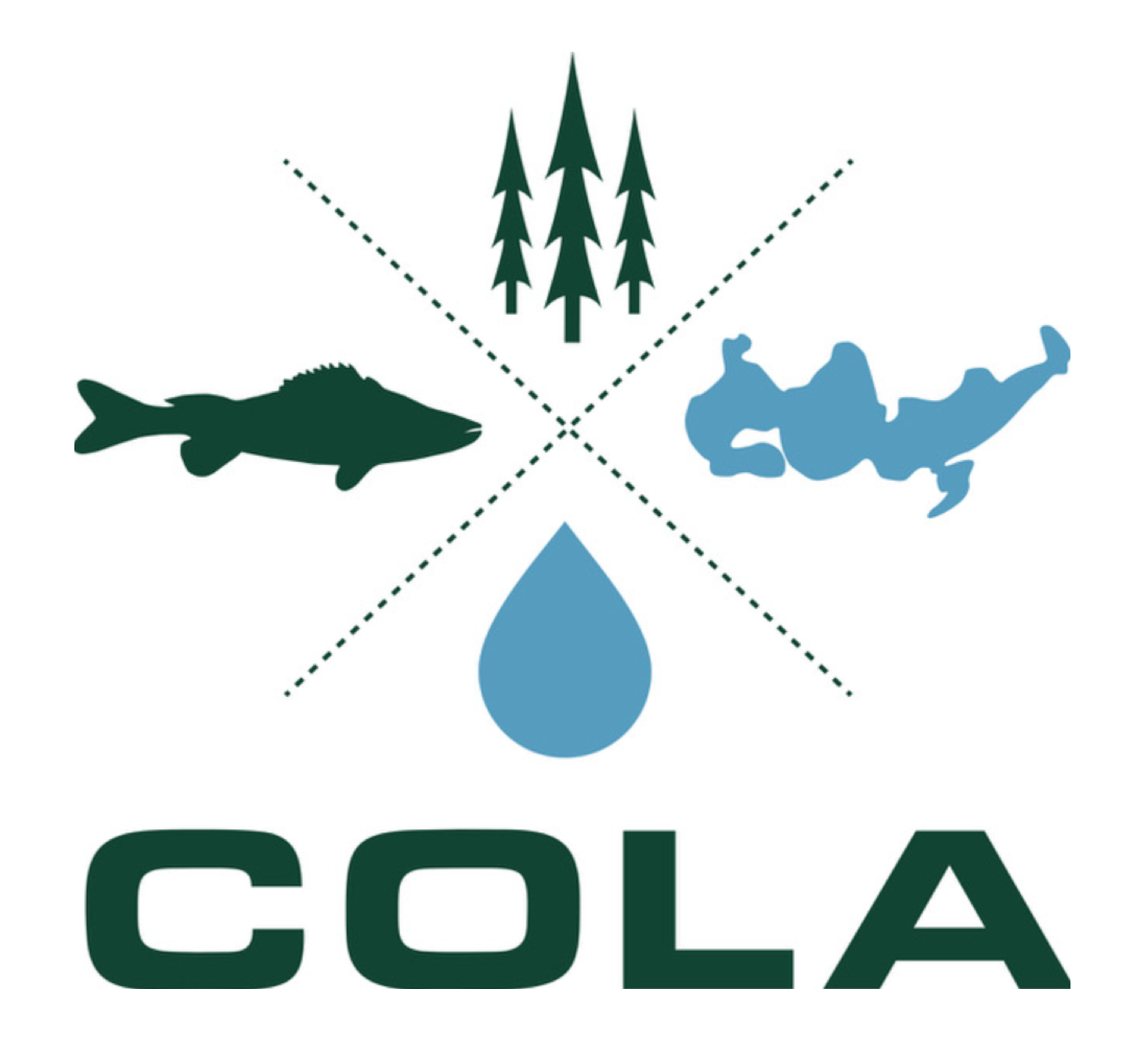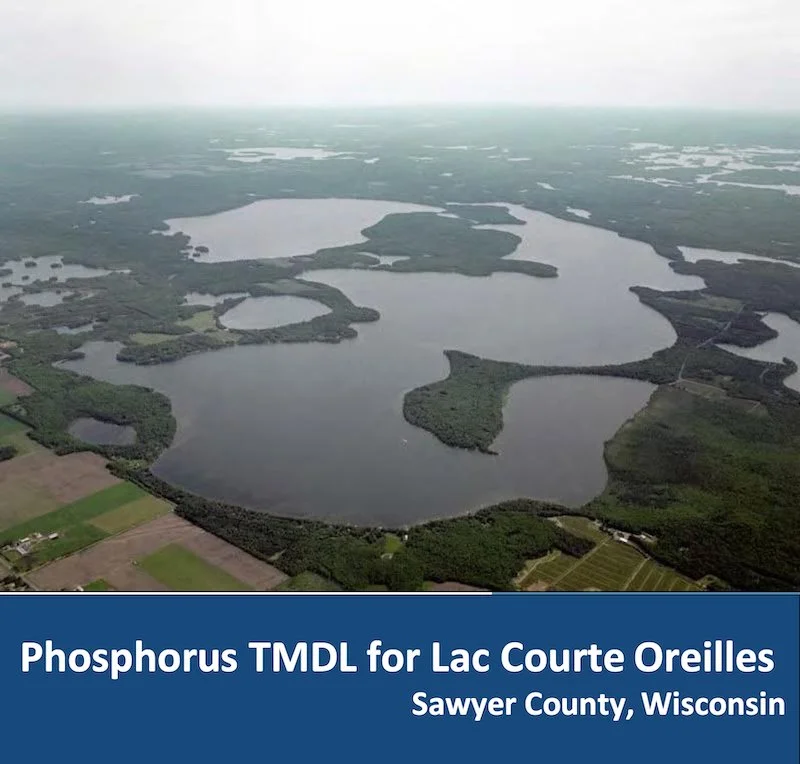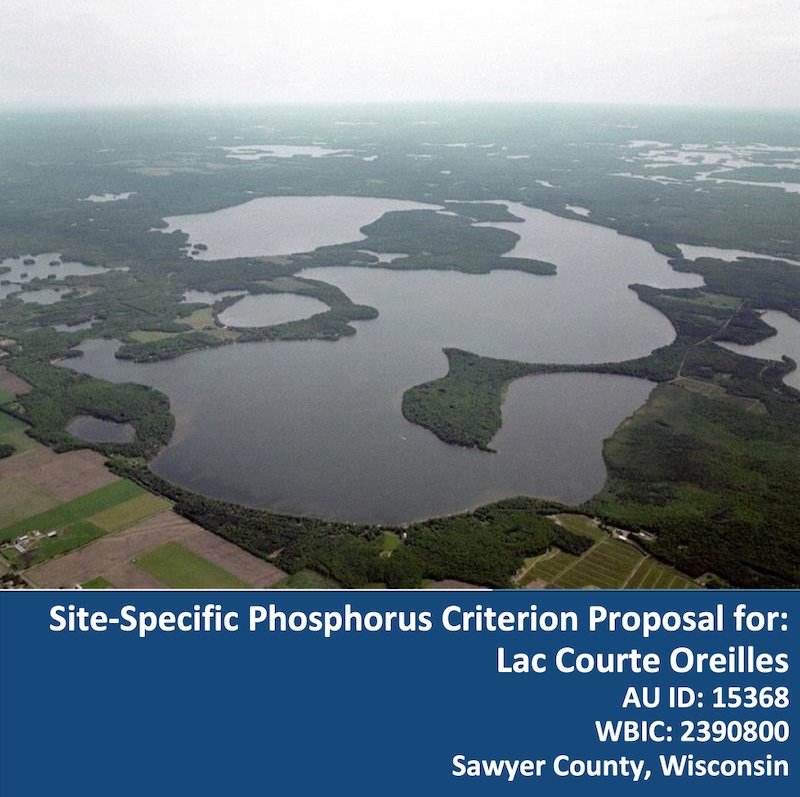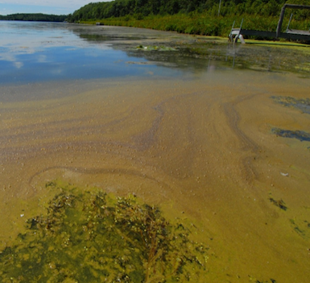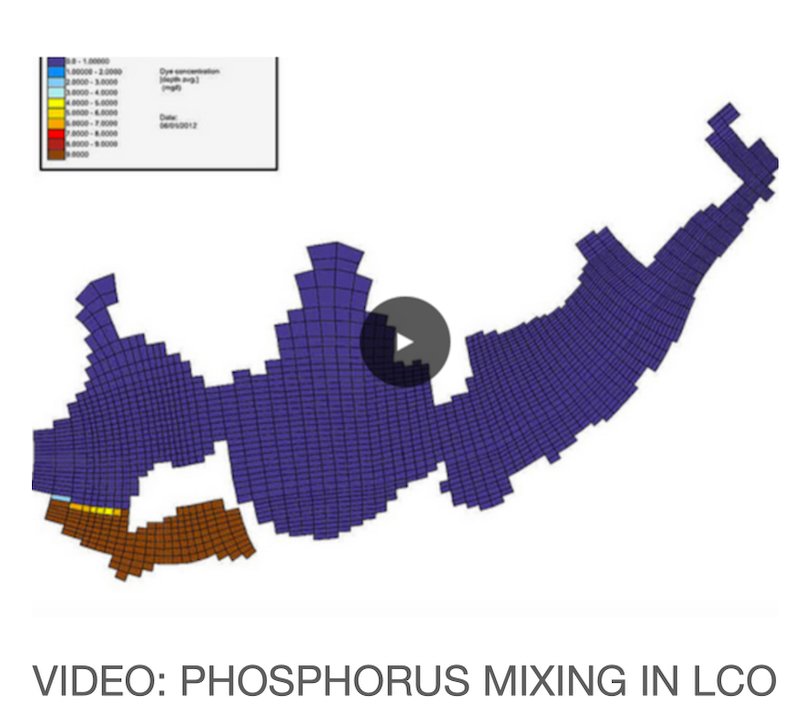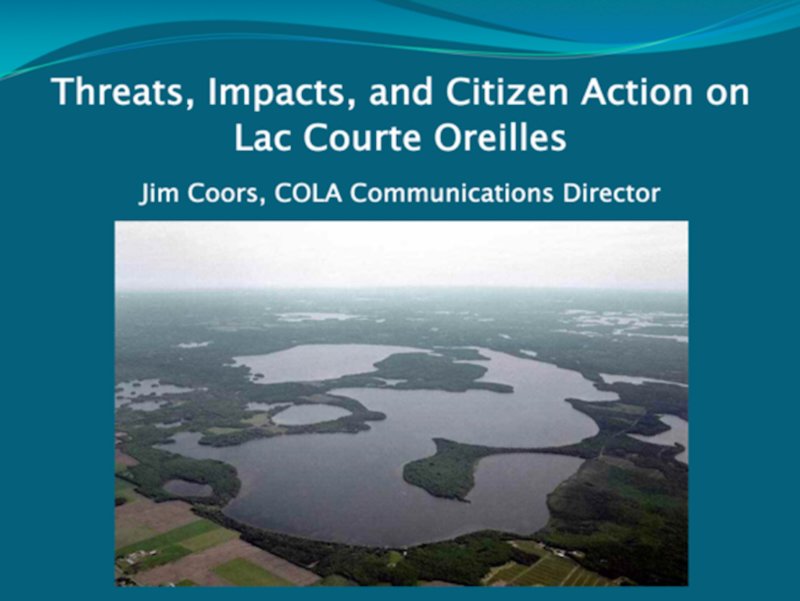Water Quality
The effort to protect Lac Courte Oreilles is backed by the best science available. COLA has partnered with established, independent experts in the fields of limnology, water conservation, and land and soil resource management.
Wisconsin’s Consolidated Assessment and Listing Methodology (WisCALM), from the WDNR, provides guidance on assessment of water-quality data against surface water-quality standards and for Clean Water Act reporting on surface water-quality status and trends.
LCO’s Water Quality - 2021
The 2021 LCO water quality assessment based upon the WisCALM protocol will shortly be available. An interim report was provided at COLA’s 2022 Annual Meeting.
In brief:
water clarity increased slightly in 2021, but a significant longer-term downward trend continues.
chlorophyll a, an indicator of algal growth, remained roughly the same as in previous years.
phosphorus continues to increase, and there’s little sign that the cranberry marshes on the western shore of LCO have significantly reduced phosphorus concentrations in their discharges.
LCO’s two-story cold-water fishery is near collapse. There is no longer any season-long suitable habitat for cisco and lake whitfish due to high water temperatures and low dissolved oxygen concentrations.
Additional Reports
Total Maximum Daily Load Study
A Total Maximum Daily Load (TMDL) is a regulatory term in the U.S. Clean Water Act, describing a plan for restoring impaired waters that identifies the maximum amount of a pollutant that a body of water can receive while still meeting water quality standards. COLA and the LCO Tribe commissioned a TMDL study for phosphorus that was completed in 2014.
Site Specific Criterion Proposal
A Site Specific Criterion (SSC) proposal for reducing the phosphorus concentration in LCO from 15 to 10 parts per billion was submitted to WDNR in March 2016 by COLA and the LCO Tribe. Protracted legal and bureaucratic maneuvers by the WDNR and the Natural Resources Board are nearly at an end, and the final approval is expected in early 2023.
Impaired Water Status
COLA's science led to the listing of Musky Bay as an impaired water for phosphorus in 2014 and the listing for the entire lake as impaired for low dissolved oxygen in 2018. See more.
Phosphorus Mixing in LCO
LimnoTech developed a hydrodynamic model and animated video of Lac Courte Oreilles to show the amount of mixing between bays, basins, and the rest of the lake. The animation shows the water movement and mixing that occurs between Musky Bay and the rest of LCO and confirms that LCO is one integrated aquatic system. In other words, what happens in Musky Bay happens to the rest of the lake.
Blue-Green Algae Alert - 2016
When a lake looks like pea soup, that’s the effect of a blue-green algae bloom. A first-ever bloom of this kind developed on Stuckey Bay on or about Sunday, November 6, 2016 and lasted for five days.
Protecting Two-Story Lakes: A Battle Against Phosphorus and Climate Change
Hans Holmberg
Hans Holmberg, a Senior Engineer and Associate Vice President with LimnoTech, gave this presentation at the 2017 Minnesota Water Resources Conference held at the Saint Paul River Centre in Saint Paul, Minnesota, on October 17-18, 2017.
Threats, Impacts, and Citizen Action on Lac Courte Oreilles
This downloadable slide show depicts the long history of COLA’s efforts to protect the LCO lakes.
RELATED STORIES IN SHORT EARS, LONG TALES
Issue 2 Saving the lake
Issue 3 COLA takes another giant step in stewardship
Issue 8 'Lac Courte Oreilles - a rare gem'
Issue 13 ‘Death by a thousand cuts,’ Chairman Mic Isham’s focus on water quality, environment'
Issue 31 ‘The Painted turtle: Now we know’
Issue 36 ‘Beauty is Only Surface Deep’
Issue 46 ‘Lac Courte Oreilles- Have we learned anything from the past?’
Issue 54 ‘Water Quality’
